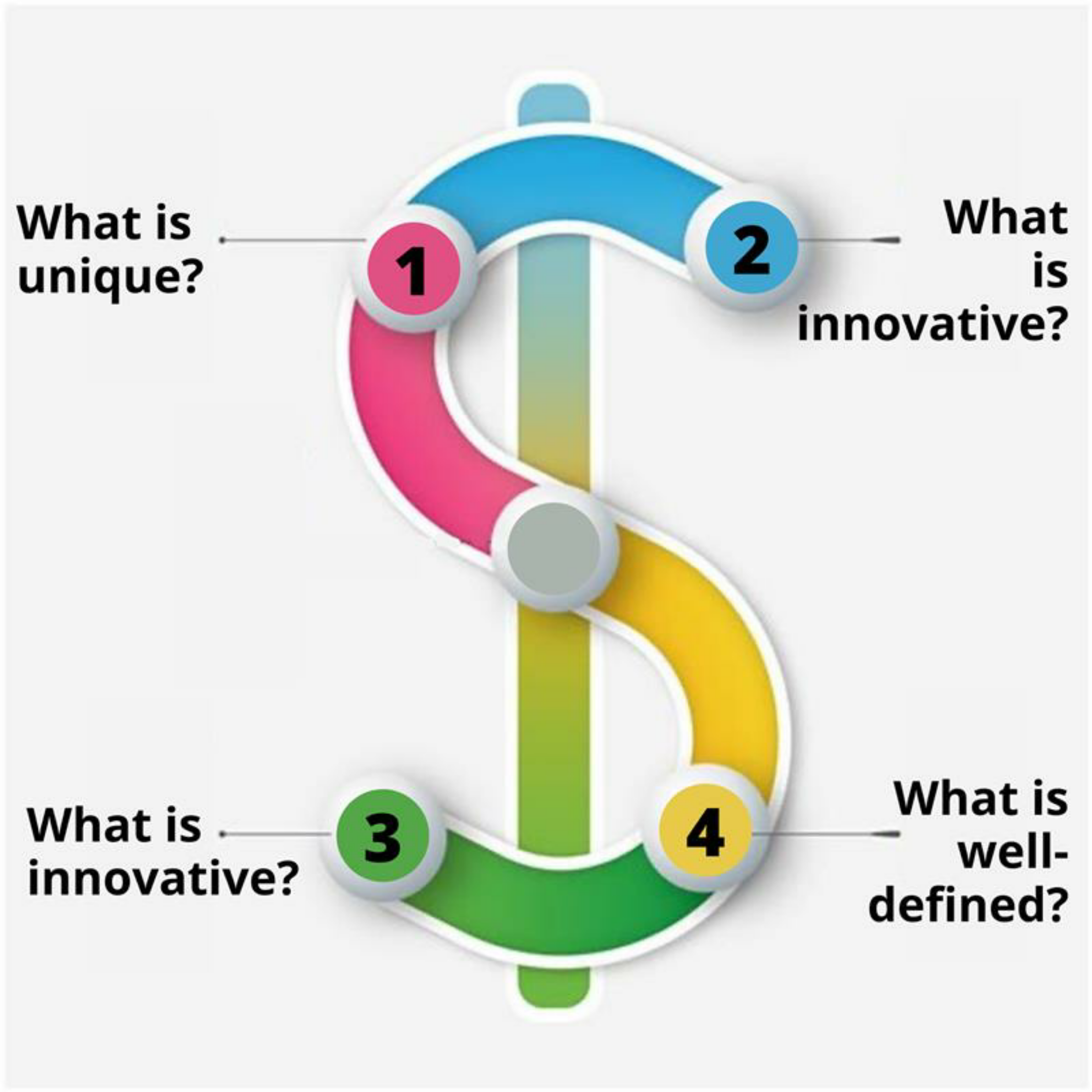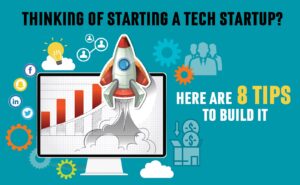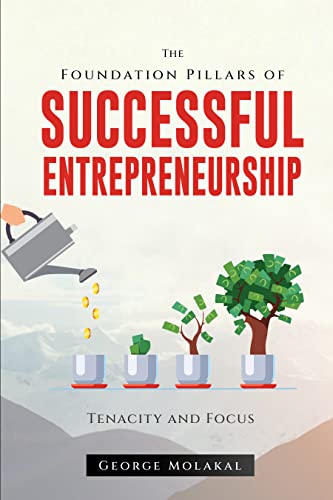If you are thinking on how to pitch an idea to an investor, then it is not an easy task. Today the business world is taken over by startups. For several years we have heard about unicorns, angels, VCs and accelerators.
Its surprising to see the growing number of young businesses who are utilizing investors’ money to achieve rapid growth and make a global impact.
Startups are figuring out the problems people/organizations face. They are changing the world scenario with their unique approach. But hold on a second, is solving problem that easy? Obviously no!!.
The key step is to make your business Idea heard. This is possible when you know how to pitch an idea to an investor or a Company. It is essential to master how to pitch a startup idea.
As we know, Brevity is the soul of the wit, it is essential that you know how keep your Pitch short and crisp. Let’s see some examples of how to how to pitch a business idea in 5 minutes.
Mobile app that lets you talk to a Veterinarian about anything.
“My idea is for a veterinary app to speak directly to professionals for any issue. And connect the individual with a vet in their area.” — Levi Loveless
“Lifelogging: GoPro for everyday life.”
“Glasses-like wearable that records and stores everything from birthday parties to business meetings. Forgot where you put your keys? Just check your Lifelog.” — John Manzella.
Such a classic example makes investors keen to hear more. Keep investors chasing you because chasing investors is so mainstream. The right way to do this is to pitch your Business idea and pique their interest.
Entrepreneurs have such impactful ideas in there head that will certainly take the world by storm. But sadly 80% of them struggle to get proper business funding in the long run therefore these ideas never turn into successful projects.
A huge gap exists between having a business idea and implementing it, this gap can be filled by raising proper funding.
The most important thing to keep in mind when you pitch a business idea to an investor is to answer the most important questions your audience is expecting.
Don’t forget that investors are continuously chased for funding. Don’t chase investors rather let investors chase you. Funding is required irrespective of which stage your company is in. Even big companies are thinking about how to become bigger.
Break the idea into two : Problem and Solution
Define the problem first: State your idea and why you want to solve, think why this problem is vital to be solved.
Provide the solution: Time is money for investors. Try to relate your solution with a real-life example and keep it simple. Keep the solution sorted and simple. Any complexities might leave the panel confused as well you may lose their trust in your solution.
Have a projection: Give a projection considering average case and worst case scenarios. Project where will your idea stand after 2 years or 5 years.
Here are some founders who turned Business idea into Million Dollar Company with a Pitch:
Be positive and confident, investors are more likely to invest when they see how confident you are. Product/service is not the first priority but you are. So go for it!!
Here are some real life examples of successfully pitching business idea.
-
Rob Biederman, co-founder of HourlyNerd, has a funding story that surely is kind of movie story.
The website allows you to register and hire professional consultants with top-tier qualifications, at an affordable cost and that too in least amount of time.
It is such a spot-on concept that the company has been featured in the Wall Street Journal, The New York Times, Harvard Business Review, and on and on.
When they started the firm they needed funds to pay their website development firm. They thought of chasing the investor out of league and directly emailed an investor Mark Cuban, asking him for financing.
As the concept was so impactful investor was interested as he know he was bound to make some good money. After just 15 min they received $450,000.
With that in mind, have you thought of taking a shot in the dark? After all, what are you going to lose?
-
How one woman used traditional methods to get funding to buy a company.
Just using Traditional methods Deborah Sweeney purchased MyCorporation.com from Intuit.
With excellent credit and a good history of loan repayments and maintaining friendly relationship with the bank it was possible to obtain loan backing for the purchase.
But of course, if you’re going to go down this route, you definitely need to have good credit score.
There are websites like Kickstarter and other crowd funding platforms which are certainly an option if your credit history isn’t quite good.
Further they used this capital to grow the business by adding marketing and human capital for product sales. It proved to be very effective, as they were able to pay off all loans and guess what they are now debt free and successfully enjoying growth and profit for the company.
If you have good track record business pitch by default completes half the journey of getting funded by an investor/bank.
What makes investors proceed for investment:
As you have already validated your business idea and forecasted the potential growth. Therefore now you will be letting your idea out into the world, make sure it’s worth the effort and hit your investment goal.
Let’s take a look of certain checkpoints from investor’s point of view.
What is unique?
Make sure your product/service is unique, if it not unique make sure that your solution is better.
How Innovative is it?
Your product/service is new in the market, it will move forward as certain up-gradation will make it going innovative way.
Is it relevant?
The problem your idea is going to solve matters here and now.
What is well-defined?
Your idea is not merely just an idea therefore complete product lifecycle can sum it up in a few words and explain how it can be done to investor.
If the answer to all these questions is yes your idea is already half way pitched to investor because investor know what they are going to invest in.
How to start pitching idea to Investors:
Name the obstacle
Never start a pitch by talking about yourself, your team, your product or your company. Instead, start by the thing that is being an obstacle for you to meet your customer’s happiness.
Sometimes you can do that by painting an emotional picture of how your customer is struggling. Example: You had to stand in long queues to withdraw money before ATM card were invented.
Answer “Why now”
So Audiences here it refers particularly investors — are skeptical. They’re thinking, “People have lived this way for a long time — are they really going to change now?”
This needs to be explained with real life example.
Example: If banks would have never launched ATM cards, imagine the scenario. With growing population and always withdrawing money from bank would have become such a headache.
Therefore the struggle was real thanks for banks for having such a problem solving idea.
Identify obstacles—then explain how you’ll solve it:
Now that you’ve shared your vision of the future, also show off the obstacles to achieving it and show how your company/product/service will overcome these obstacles.
Example: Banks had an idea to solve problem of people for withdrawing money. So after finding the customer base and customer address identification remote places were planned where ATM will be launching.
Show evidence that you’re not bluffing:
While pitching the idea be confident and prudent. But have you thought that if you provide evidence 80% of work is done?
Example: Though ATM was just a prototype at first but while presenting the idea the functionality of coded card, PIN, withdrawing of money all these steps was crystal clear.
So while pitching your idea small things makes the major impact as it shows investors that you are confident and know your product/service.
There are 2 main pillars for pitching business idea : Marketing & Revenue Model
How are you going to get millions of users/customers?
Outline your long-term plan in business pitch at very starting stage. Customer acquisition and the marketing strategies will get you stand out from the rest.
Always focus for the kind of growth that makes investors scream-
“Take my money and tell me when to invest!”
So don’t be shy.
The marketing portion of any business idea focuses on how you will get people to buy your product or service to make your business profitable.
While pondering on how to pitch a startup idea to a company, Market analysis will help you compete, identifies your competitors and analyze their strengths and weaknesses, and identifies and quantifies your target market.
Prepare Marketing strategy to differentiate your business from your competitors’ businesses and what approach you will take to get customers to buy from you.
Marketing Strategy
Marketing and sales will address on plans about how you will reach your targeted customers and how you will effectively market your product or service to those customers region wise and through which channel.
You should be well-versed with elevator pitch while introducing your product with your prospects to increase sales.
Here is some guidance on digital media and analytics that start up needs to focus on. Without proper marketing plan the plan will be just a plan, so let understand marketing plan in a deeper level:
- You must have a primary revenue generating action tracked as a conversion goal.
- Other things you should track are key actions that lead up to this, such as signing up for a free trial, and the various steps involved in that. This gets you into things like event tracking. Google Analytics is fine for this initially.
- If you are starting on AdWords, and you don’t have conversion tracking, you are asking for trouble with a handful of exceptions.
- For paid search in general, if you have a limited budget, start small with a handful of keywords you think are appropriate (including your brand name terms), and keep the number of ad groups/campaigns/ad variations rather small initially.
- Doing so makes it easier to tell when you have enough data at various levels to begin making optimizations.
- Display buying is not a simple thing to learn, and if you don’t know how to interpret the data (particularly view-through conversions), you are going to be unhappy and lose money.
- Ease into it, and understand that it takes time to see an impact. If available inventory/business permits, focus your initial display efforts on particular DMAs or geo targets and see if there is any lift in your brand search query volume on AdWords.
- Understand the nature of your advertising placements and traffic sources. Some networks get their traffic from places that makes me highly skeptical of the quality of their inventory. Likewise, some placements just aren’t worth the value.
- Don’t waste your time with small targeted direct buys initially. It takes much more time to set up and execute than going through something like the GDN on AdWords or a DSP (once you know what you are doing).
- Understand your sales cycle with regards to number of touch points needed, duration, etc. Not much more to say here other than this plays a large role when setting up retargeting properly. Not considering retargeting?
- You’re leaving conversions and dollars on the table. It is some of the lowest hanging fruit in the funnel, and while you might risk paying for unnecessary touch points, odds are you will more than offset this by keeping your brand top of mind over longer sales cycles.
Revenue model
Investors invest because they want to make a return on that investment. An investor will care about your business idea pitch only when you answer this question:
How will my company make you rich?
How will you pitch your idea to a company or investors and assure them that its worth their time?
The answer is your revenue model. Specifically identify which type of revenue model you are embracing, because it differs business to business and also on company’s product and how you intend to apply it. Following are categories of revenue model:
- Commerce and retail
- Subscriptions and usage fees
- Licensing
- Auctions and bids
- Advertising
- Data
- Transactions/Intermediation
- Freemium
- Revenue model types common in financial services industry
Always think from an Investors point of view:
- Know the risk: Partnerships of any kind are a huge risk. If you’re going to start a partnership with your investor, make sure to make it for the long term, you need to be clear on the roles and responsibilities of every party involved.
- Building relationships is key: Don’t create a deal relationship, focus on building long term relationships you never know because the future is very uncertain. Also never start pitching your business idea straight away it creates a transactional relationship and it sets the negative tone for the relationship.
- Show sales volume: As investors are only concerned about their returns, show how much sales you achieve in 1 year. For example, you could say that after six months, we have made $200,000. With actual figures investors are more likely to do investment as it creates trust.
- What problem you can solve: Address the solution you have discovered. Investors are keen to know the business model which creates assurity. New startups sometimes provide pilot surveys to investors to show the actual result before starting the full-fledged business.
- Be Specific with Your Investment Needs: Investors want to know exactly where investment is used, but they also want to see that you’ve thought through your financial needs. after displaying them where money is used it creates trust.
- Be Prepared with Certain Documents: With combination of certain documents and a professional presentation will do wonders on any type of investor at any time you interact with investors.
Have a visual presentation of your business plan, although you should limit it to 20 slides or less so that you can show to investor and it won’t be time consuming.
Also have a written documentation of your visual presentation, make sure it is less than two pages. This makes investor thinks you are serious about your business and makes your more confident.
Conclusion:
Preparation is the key
Learning how to Pitching Business idea to an investor can not only improve your speaking skills but also tell about your idea/startup to many people/friends/relatives.
It’s a great way to hear real feedbacks from your future consumers and, maybe, find investors or partners.
So do not hesitate to pitch your ideas, it’s a wonderful experience. Hence, let’s start pitching your business idea.
Alcor has Business network of 5k+ investors spanning worldwide.
Alcor Fund encourages founders & entrepreneurs to bring their startups in front of the world. By backing 500 startups through our short funding cycle – We aim to create value to every smart startup at every level of growth stage.









